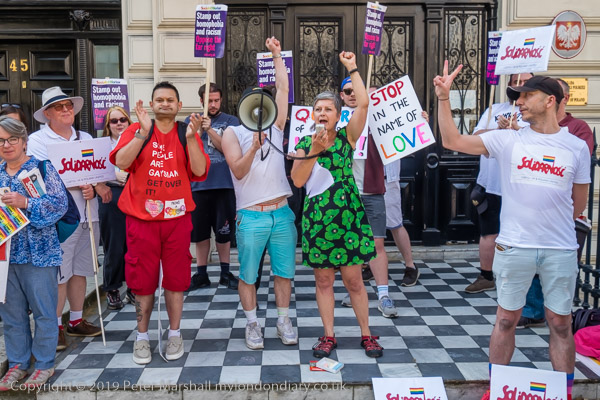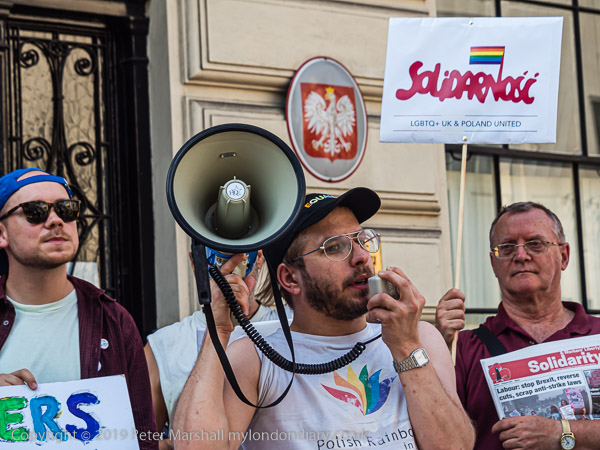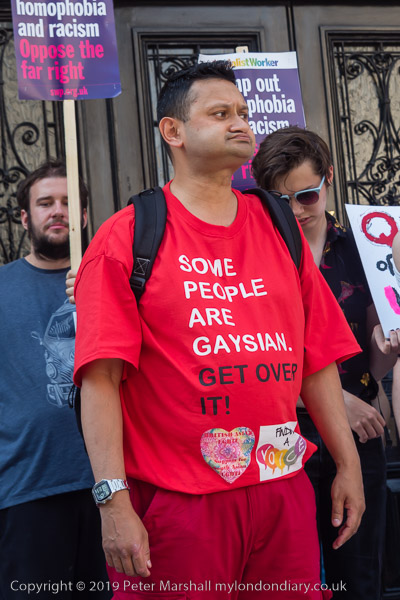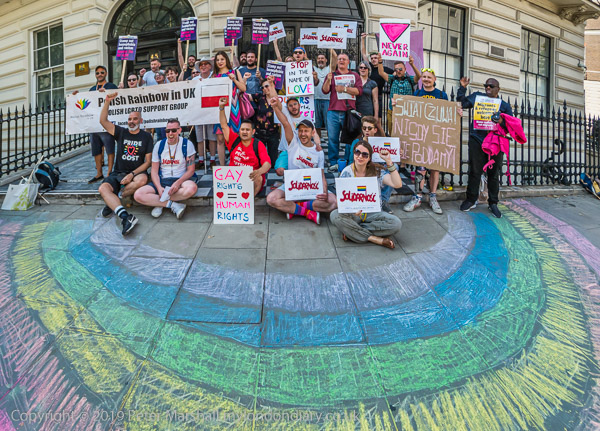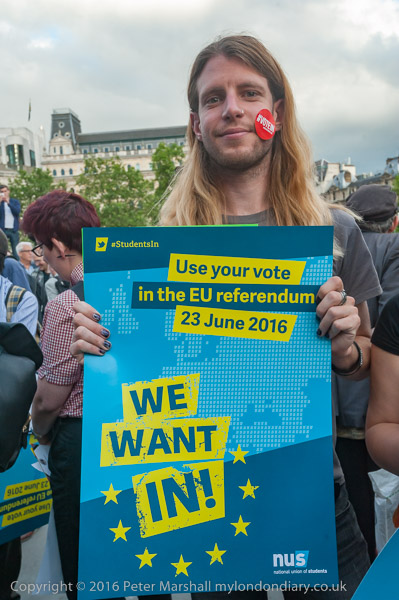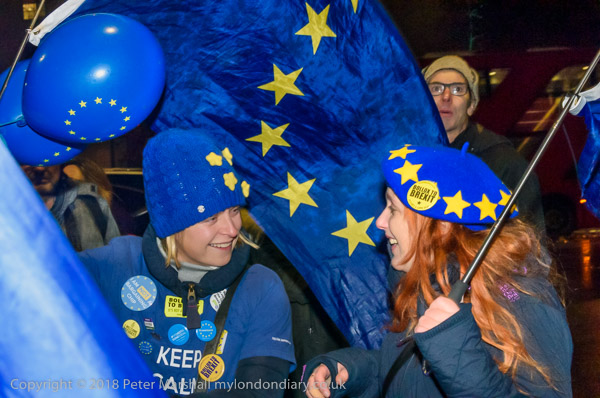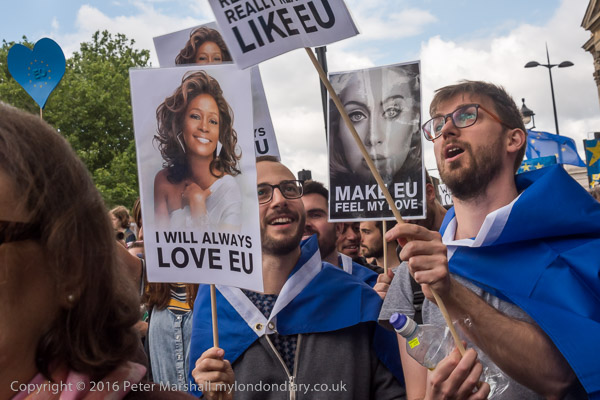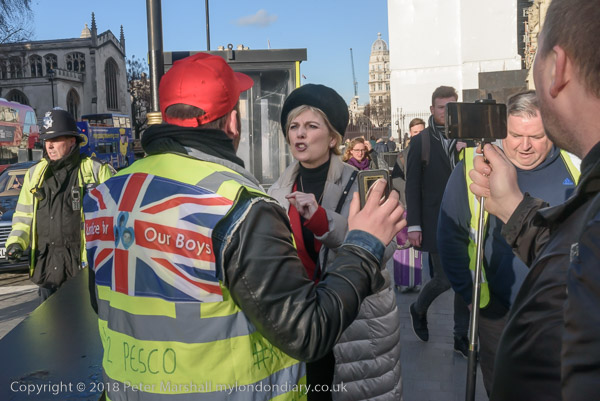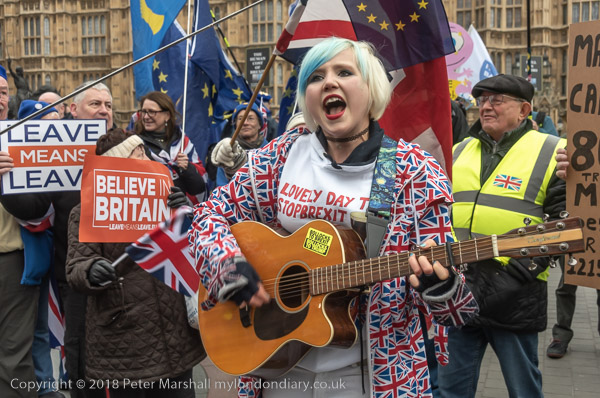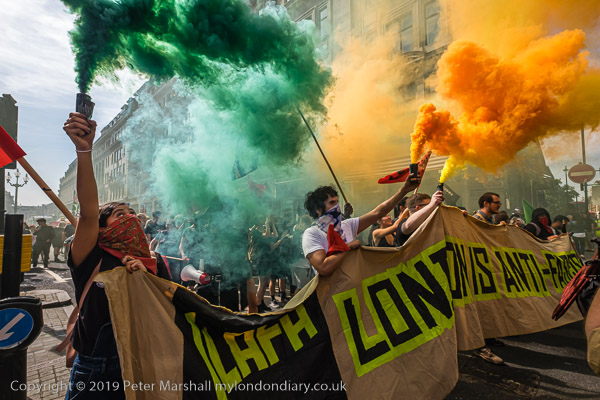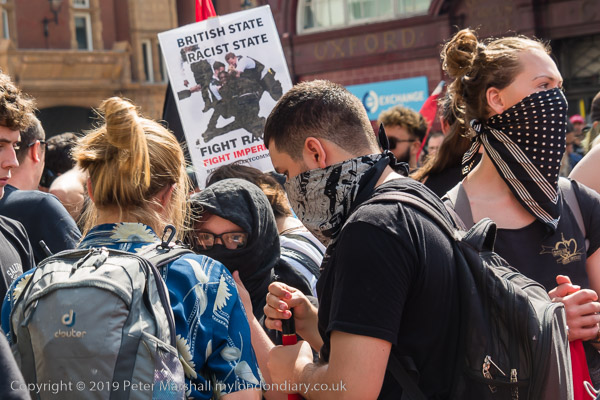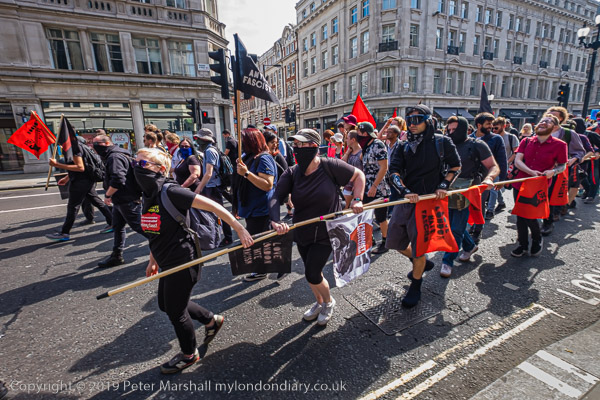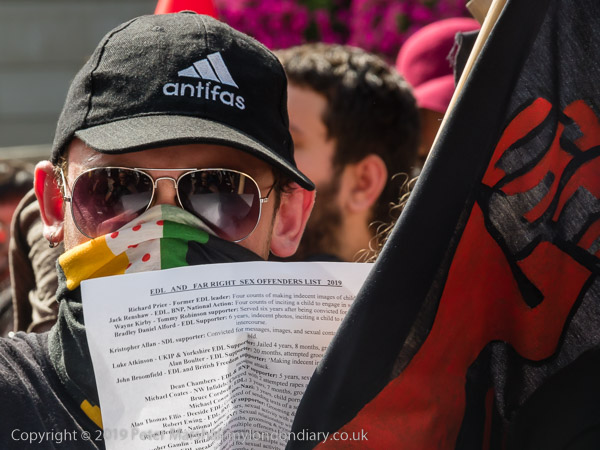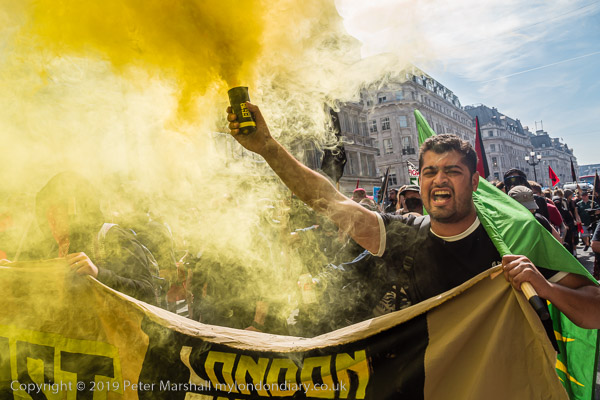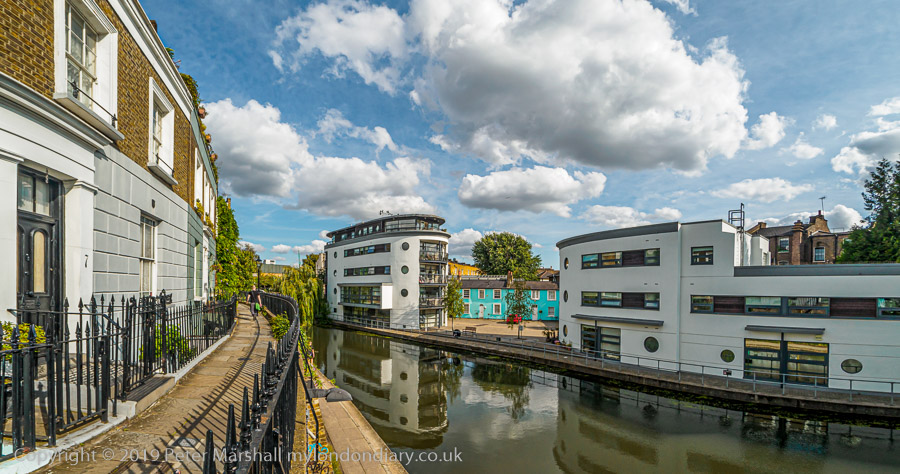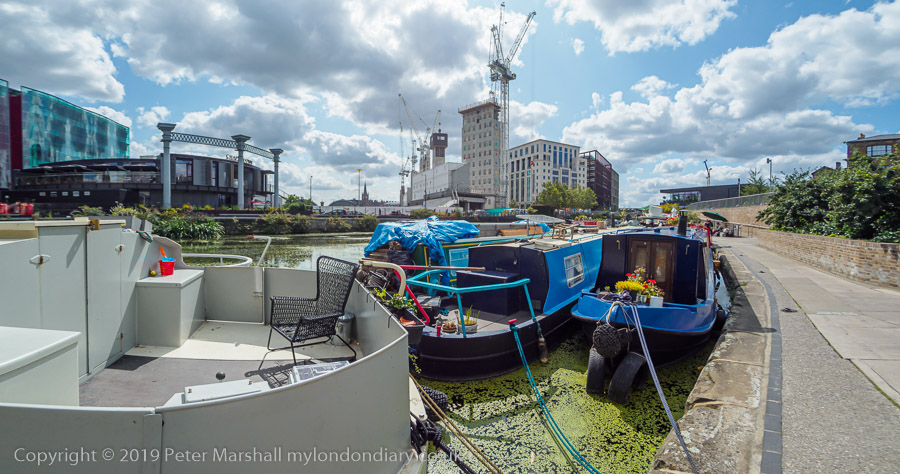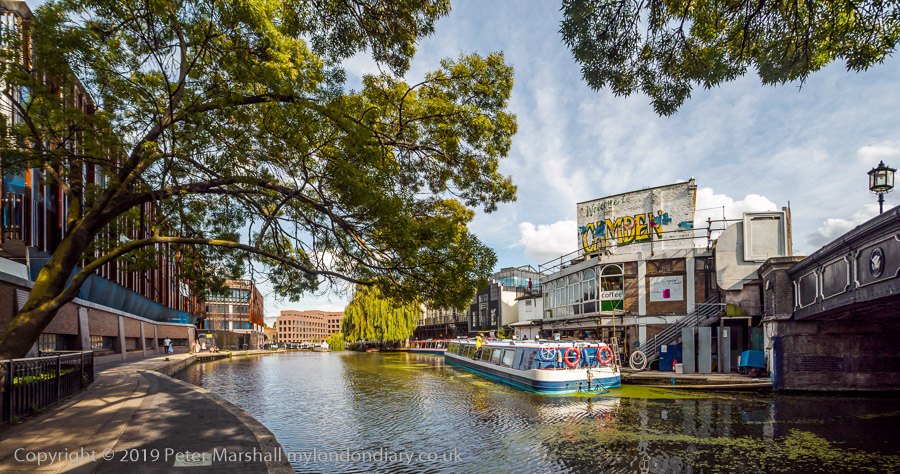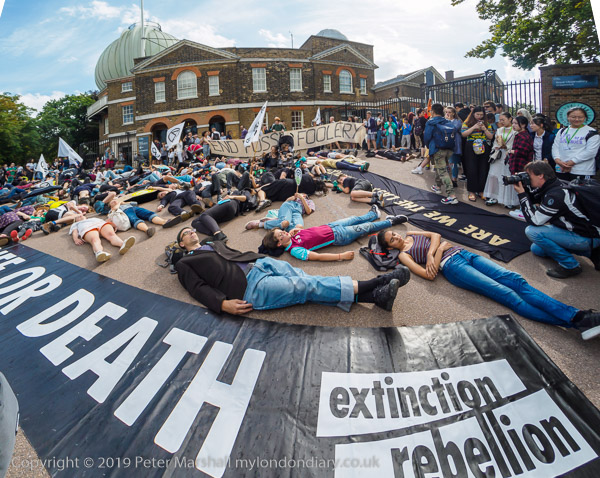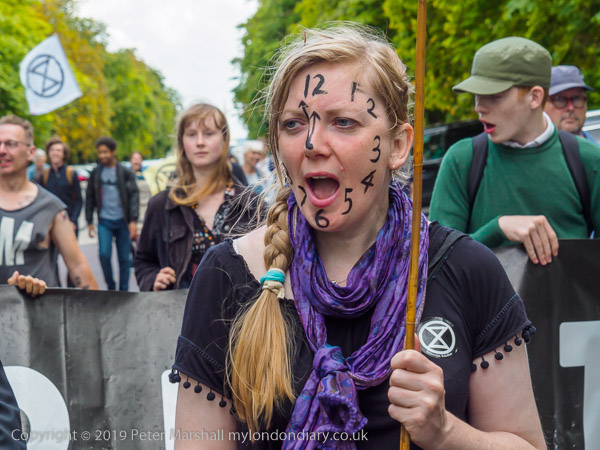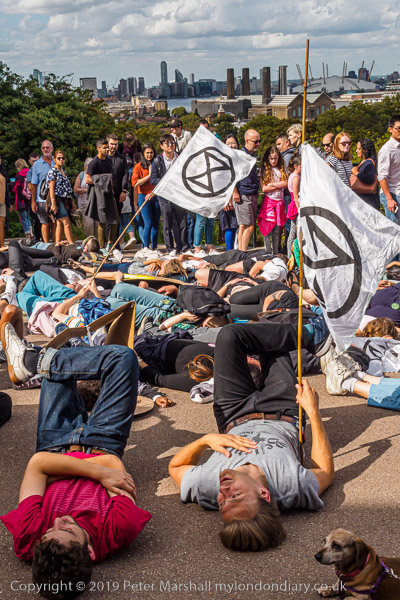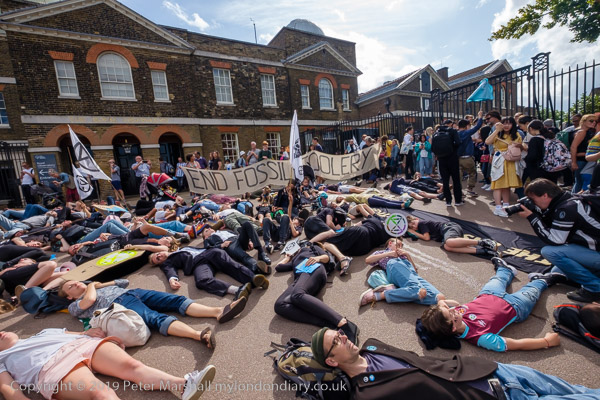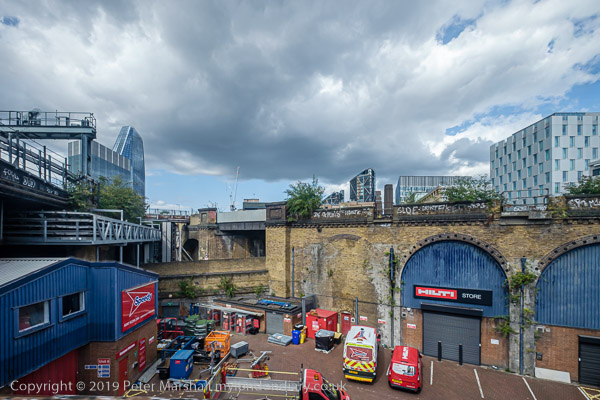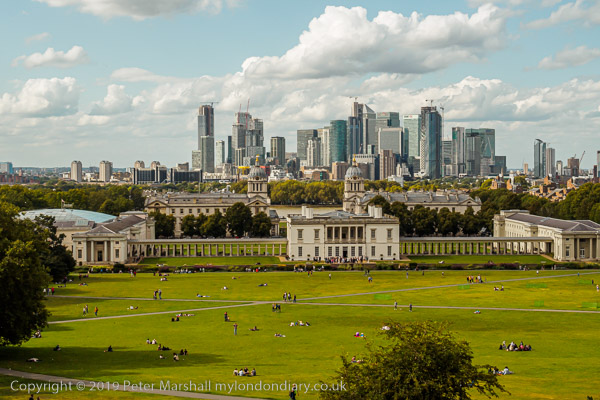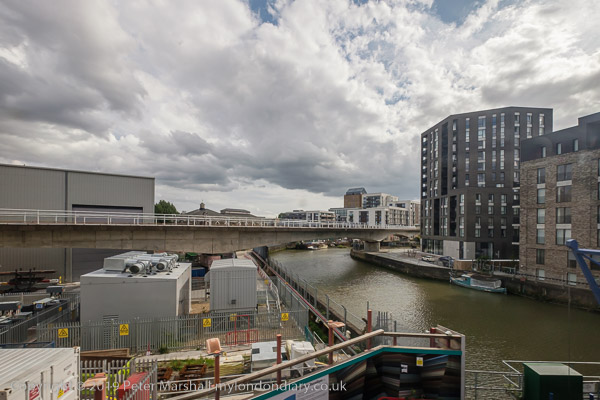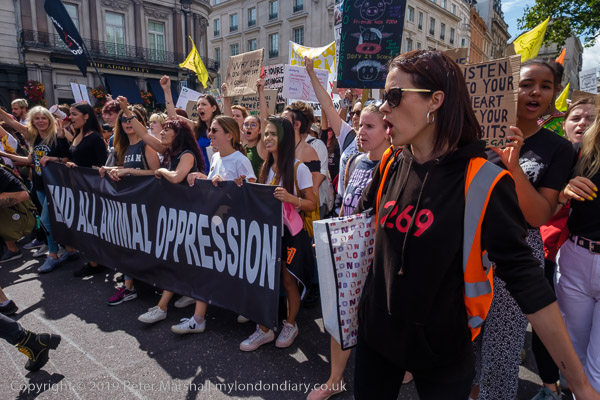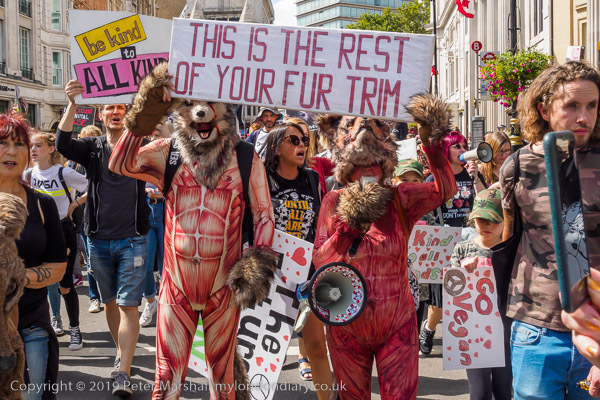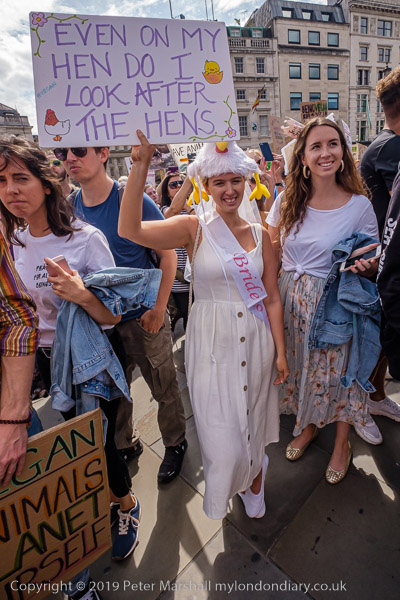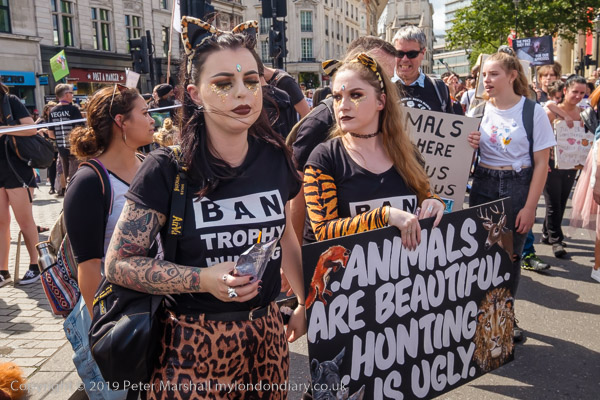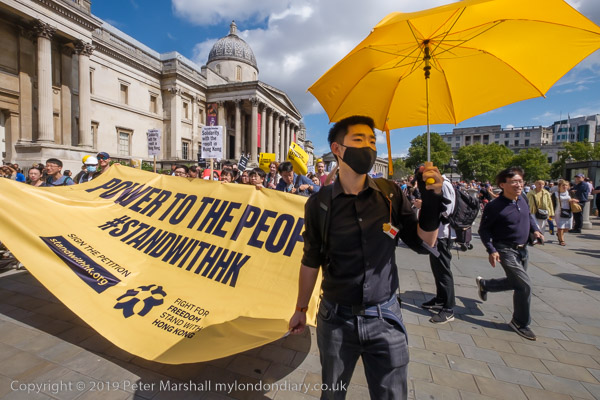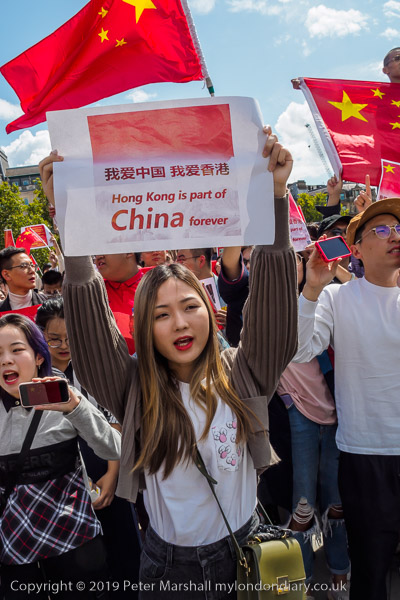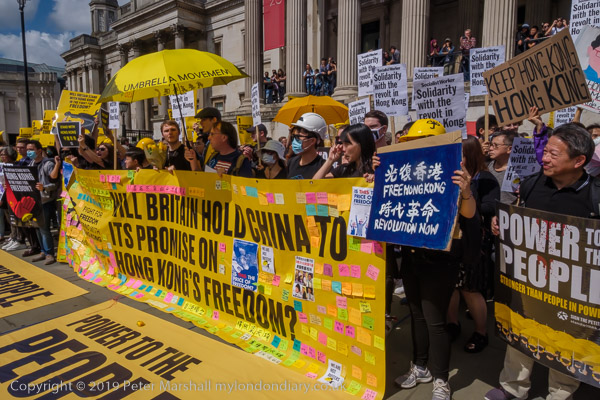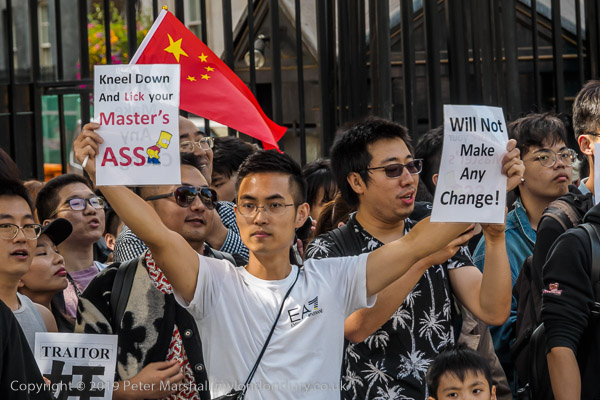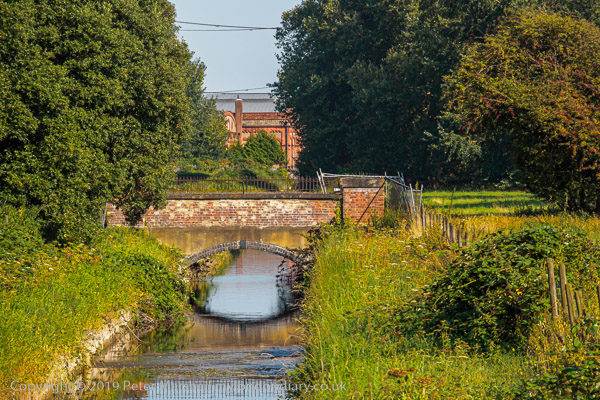
It was August Bank Holiday, the last Monday in the month, and I thought vaguely about going up to photograph the carnival in Notting Hill as I’ve done in many previous years. But only rather vaguely; I used to revel in the loud music and the crowds, feeling the ground and my whole body vibrating to the powerful bass, dancing along with the crowds by the sound systems and Mas bands.
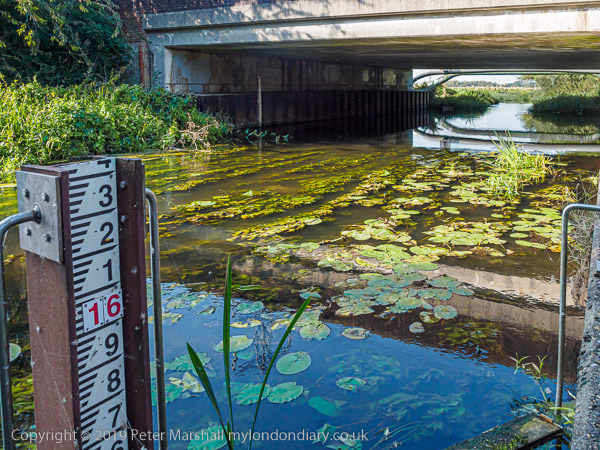
But more recently, though I still get a thrill from carnival I also get tired rather quickly, and soon find myself wanting to go home or anywhere to enjoy some peace and quiet. And since I left regular employment to go full time into photography, Bank Holidays have lost the attraction they used to hold. I’m my own boss and can take any day off, and am more likely to be working on them and weekends than on weekdays.
Bank Holidays have often become times for us to go on overlong country walks, taking advantage of the earlier times we can get the lower ‘Super Off-peak Fares’ on our local trains to get to our starting point. But this time both Linda and myself were hobbling a little – I’d been on my feet too long taking photographs over the previous week and she was still suffering from a minor bike accident, and, as she reminded me, there was plenty to do in house and garden.
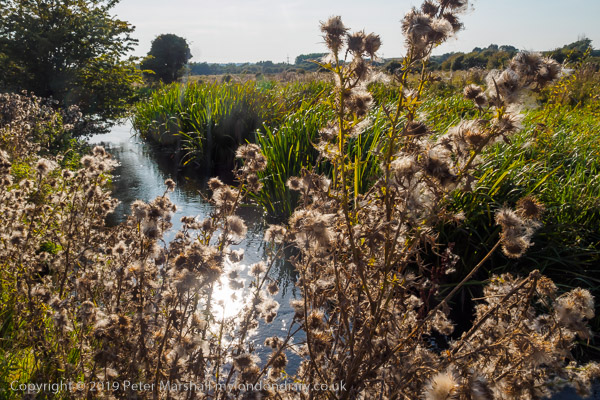
I can’t quite remember what that plenty was, or how much or probably little I did of it, but by mid-afternoon we were both of us ready to give up and go out for a short local walk. It turned out to be a little further than either of us anticipated, having forgotten quite how long taking the path we did would commit us to, and what we had intended to be a couple of miles turned out to be five, with the last two or three becoming rather painful. But at least it was a fine day.
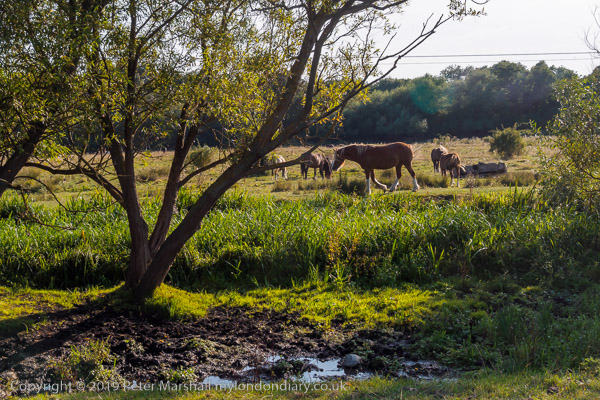
Staines Moor is an oddly interesting place. Dead flat apart from the ant hills and a man-made lump once part of a rifle range. Continously grazed for at least a thousand years but not ploughed, a SSSI. Part of a number of areas of common land which used to surround Staines, though the part our house backs on to missed out on registration. There were fights and riots when parts here were enclosed, with rancour continuing into the early years of last century over the Lammas. And fights which still continue over gravel raising, which has taken place over much of the area – and gravel companies who own the moor and have worked around its edge certainly still have their eyes on it. It’s a curiously quiet place surrounded by noise from the M25, the Staines Bypass and aircraft climbing or descending to its neighbour Heathrow. A flat area with on two sides the long sheep-grazed flanks of giant reservoirs.
Our walk took us beside or past four of the rivers of Staines – and just briefly close to home by the other two, the Thames and Sweep’s Ditch. The four are all streams of the Colne – the main river, the Ash, Bonehead Ditch and the Wraysbury River. We also twice crossed the Staines Aqueduct built in the early years of the 20th centruy to take water from the Thames at Wraysbury to Staines and Hampton, still present though at least partly replaced by a 2.4m diameter tunnel in 1960-63. It was responsible for considerable flooding in Staines in 2014, overflowing into the Ash.
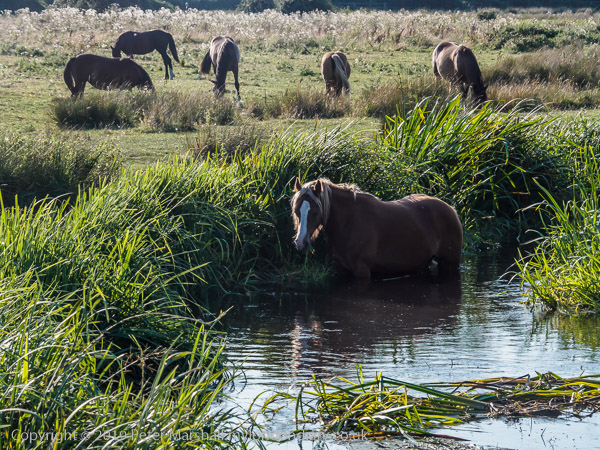
The moor is still grazed, though rather less intensively than it used to be. We live on the wrong side of Staines to have grazing rights, and in any case came too late to the area to register for ‘farrens’ in 1965. So none of those horses or cows in the pictures are ours.
Too many more pictures at Staines Moor.
All photographs on this and my other sites, unless otherwise stated, are taken by and copyright of Peter Marshall, and are available for reproduction or can be bought as prints.
